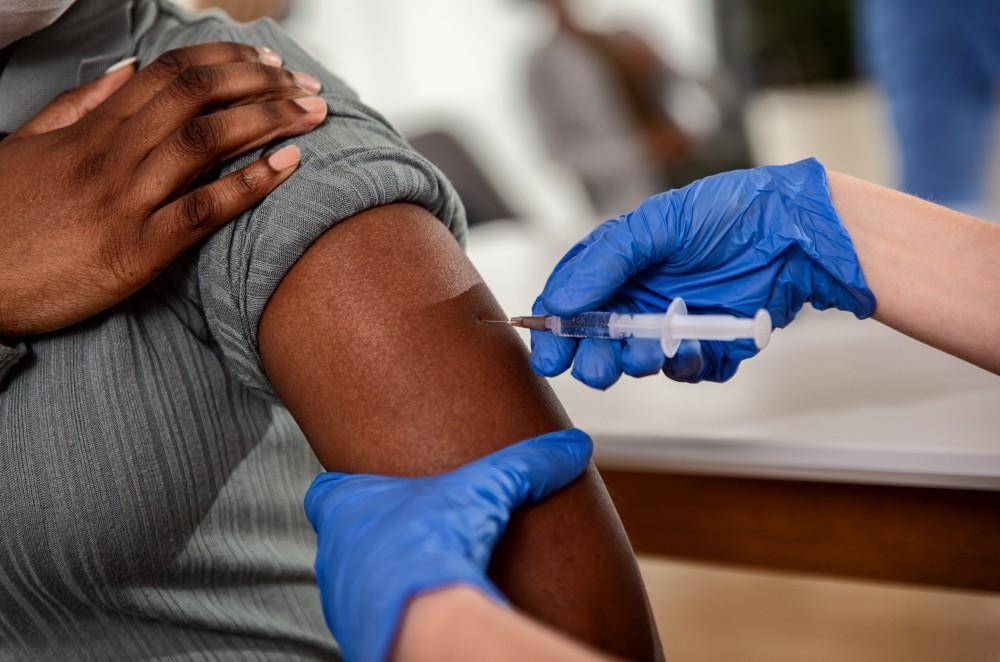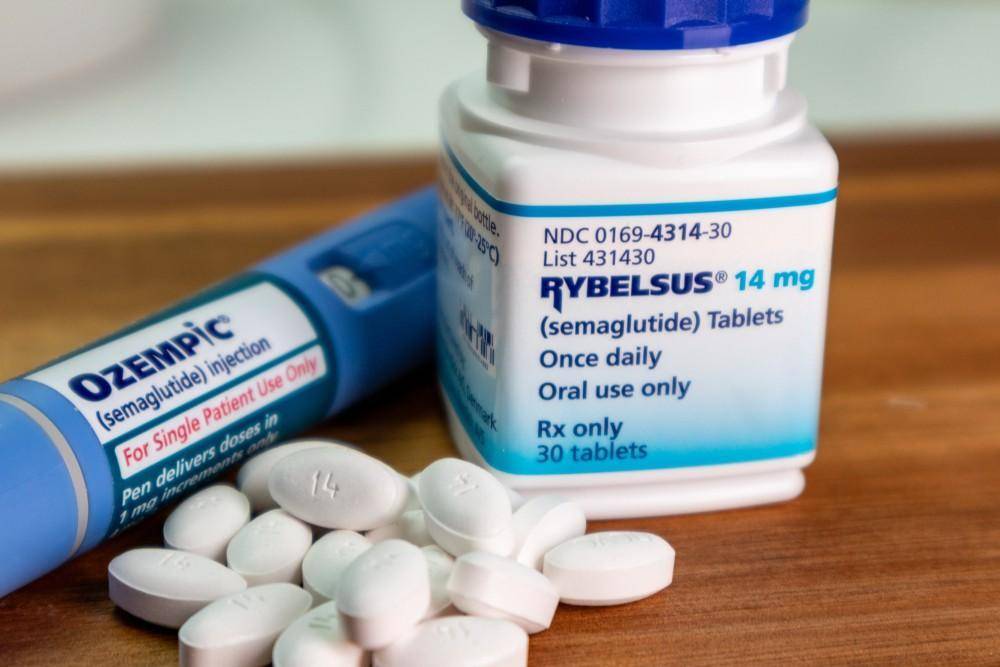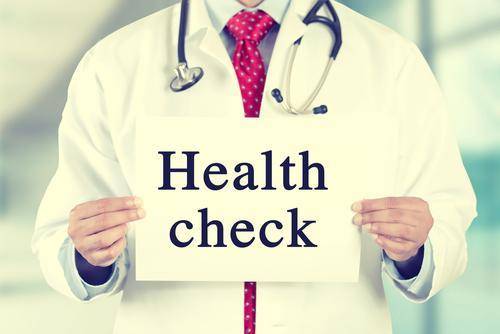Here are some strategies that are commonly employed:
- Multimodal Pain Management: Utilizing a combination of different therapies to address pain, including non-opioid medications (such as NSAIDs, acetaminophen), physical therapy, occupational therapy, acupuncture, massage therapy, and psychological interventions like cognitive-behavioral therapy (CBT). This approach can often provide effective pain relief with lower doses of opioids or without them altogether.
- Opioid-Sparing Techniques: Employing techniques and medications that reduce the need for opioids. For example, nerve blocks, regional anesthesia, and epidurals can target specific areas of pain and provide significant relief without the systemic effects of opioids.
- Education and Patient Counseling: Providing comprehensive education to patients about the risks and benefits of opioids, as well as alternative pain management strategies. Empowering patients to actively participate in their pain management can lead to better outcomes and reduced reliance on opioids.
- Screening and Monitoring: Implementing screening tools and protocols to identify patients at risk of opioid misuse or addiction. This may involve assessing patients for a history of substance abuse, screening for depression and anxiety, and monitoring opioid use through urine drug testing and prescription drug monitoring programs (PDMPs).
- Prescription Guidelines and Policies: Developing and adhering to evidence-based prescribing guidelines to ensure appropriate opioid use. This may include prescribing the lowest effective dose for the shortest duration necessary, avoiding long-acting opioids for acute pain, and considering alternatives for chronic pain management.
- Access to Non-Opioid Alternatives: Increasing access to non-opioid pain management options, including physical therapy, chiropractic care, acupuncture, and psychological interventions. This may involve improving insurance coverage for these services and integrating them into primary care and pain management clinics.
- Support for Addiction Treatment: Ensuring access to addiction treatment services for individuals who develop opioid use disorder. This may involve expanding access to medication-assisted treatment (MAT) with drugs like buprenorphine and methadone, as well as counseling and support groups.
- Community and Public Health Initiatives: Implementing community-based interventions to prevent opioid misuse and addiction, such as public education campaigns, safe disposal programs for unused medications, and increased access to naloxone for opioid overdose reversal.
By integrating these approaches, healthcare providers can effectively manage pain while mitigating the risks associated with opioid use, contributing to efforts to address the opioid crisis.
To summarize, the first step is to find a trusted primary care physician or specialist. Once you find one who is trusted, the physician in turn can make the referrals needed based on your needs and in some cases, manage your pain in house.
For more information on this topic, please reach out to us at RescueMD at 972-390-7667. We are an internal medicine, weight loss and women’s health practice. We serve Allen, Frisco, Mckinney, Plano, Dallas and surrounding areas. In addition to physicians, we also have registered dietitians and personal trainers on staff to treat and manage most cases.







